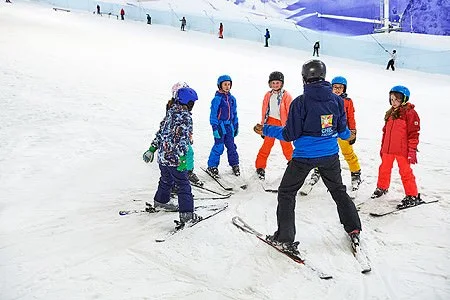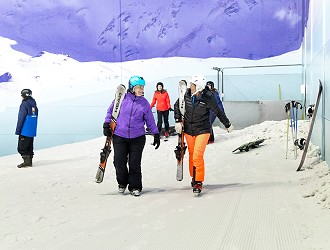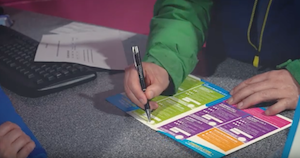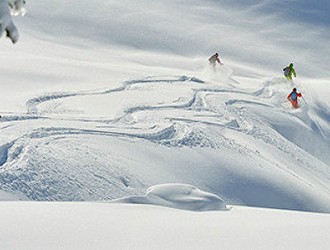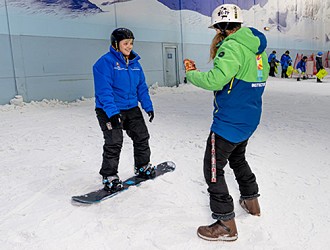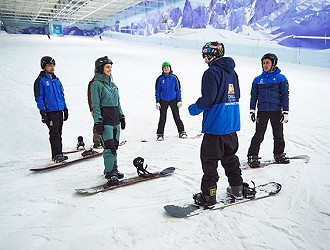“Try not to stand on other people’s skis” - Chill Factore’s Guide to Skiing Etiquette
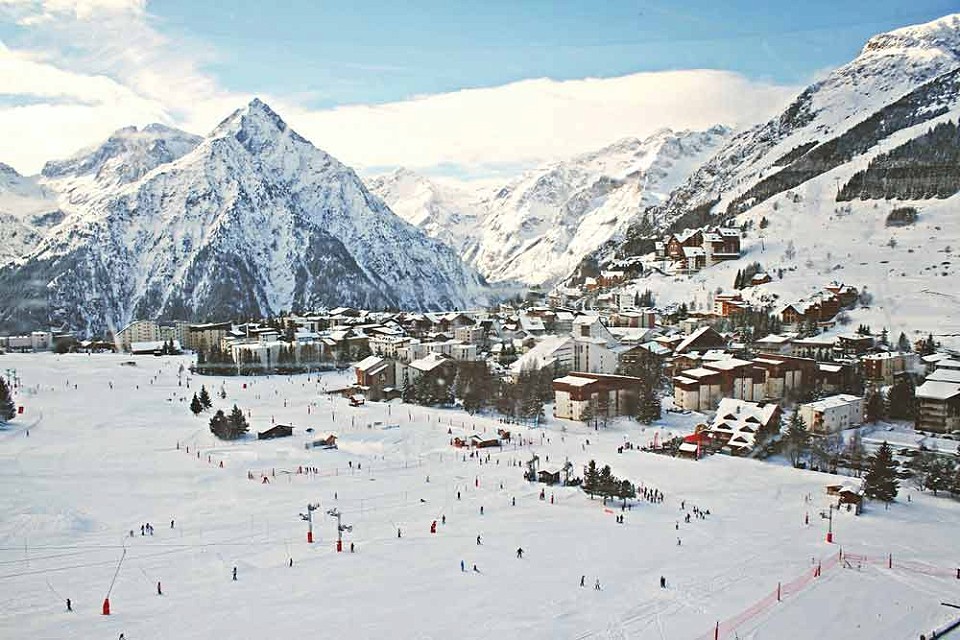
Your first ski holiday should be one of the most thrilling experiences of your life. But before you hit the slopes and take in the amazing view from the mountains, there are a few things you should know about skiing etiquette.
The basics of ski etiquette can easily be missed amongst all the excitement of your first snow holiday but speak any seasoned skier and they’ll tell you a story about their encounters with another less experienced skier that will make your ski boots curl. To make sure you stay safe on the mountains and don’t disgruntle any other skiers, check out our guide on skiing etiquette.
The ‘Ski Way’ Code
Just like driving a car or riding a bike, when you ski you need to be aware of your surroundings. Never forget that the person skiing in front of you has right of way, so be mindful of them and keep an eye on their movement. The skier behind you will automatically be held responsible for any collisions. So, try to avoid any mishaps by staying at a safe distance and keeping at a safe pace.
Blue, Red, Black Runs?
Most resorts use a system of colours to describe the difficulty and gradient of a run. For beginners, it’s typically recommended that you stick to the green and blue slopes as these runs have a gentler gradient with well groomed snow. This is why they’re perfect for skiers who are still getting to grips with the sport. If you’re making progress and feel confident enough to tackle a red or black run then give it a go. But if you’re unsure, it’s best to avoid these slopes and leave it to the more accomplished skiers. Red and black runs are typically steeper or narrower than blue slopes depending on which resort you are visiting.
It’s always worth checking your resort’s grading system before you hit the slopes though.
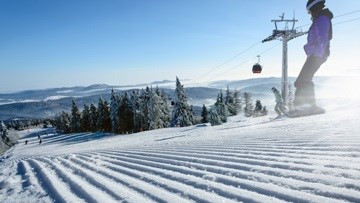
Watch Your Speed
We know it’s tempting to hurtle down the mountain as fast as you can, particularly when the piste is wide, but it’s really important to make sure that you’re confident that you can turn and make quick stops where necessary. All in all, you should only ever travel at speeds you are comfortable with.
“You’re On My Skis”
Sometimes this is a difficult one to achieve, particularly when you have to queue for the lift. But no skier or snowboarder want’s their equipment stepped on, scuffed or scratched by another skier. Equipment can be pretty pricey and, trust us, it’s not worth the dirty looks you’ll undoubtedly receive.

Where to Stop Safely
If you get tired or need a break make sure you stop at the side of the run and not in the middle of the slope! The safest place you can stop is in an area where you’re not concealed from other skiers or snowboarders who are heading down the mountain behind you. Many new skiers make this mistake, particularly when skiing in large groups. By finding a visible spot at the side of the run you are placing yourself out of harms way and you make it easier for descending skiers to pass by.
Spraying Strangers With Snow
When you are on the slopes and you’re looking to finish your decent off with a flurry finish it’s best to try and avoid spraying any unsuspecting strangers with snow. Unsurprisingly, strangers don’t like this and there’s nothing worse than someone spraying a large burst of cold, wet snow down the back of your jacket. But by all means, spray your own party as much as you want! It never gets old.
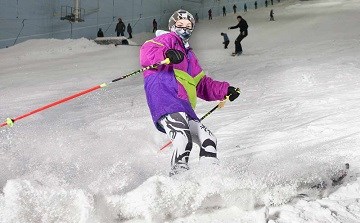
Try not to let any of the above put you off skiing. These are just a few simple guidelines that we recommend you follow. You’re only on the mountains for a short amount of time, so don’t forget to enjoy every second of it!
If you’d like to put our guide into practice, why not visit our 180 metre real snow slope with one of our Lift Passes?

